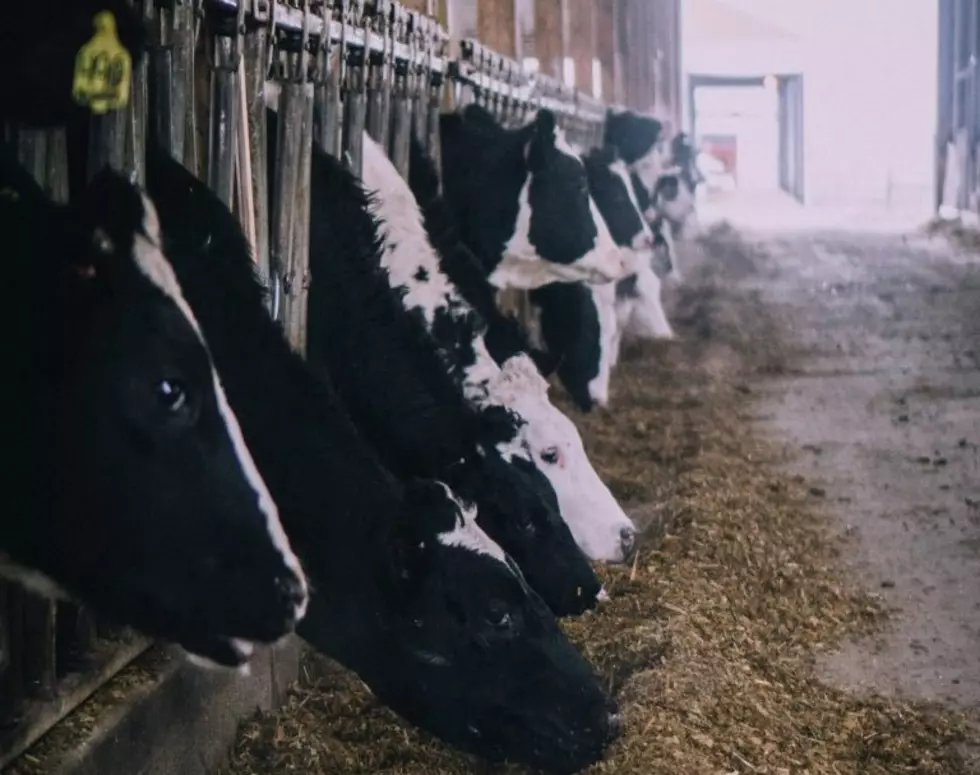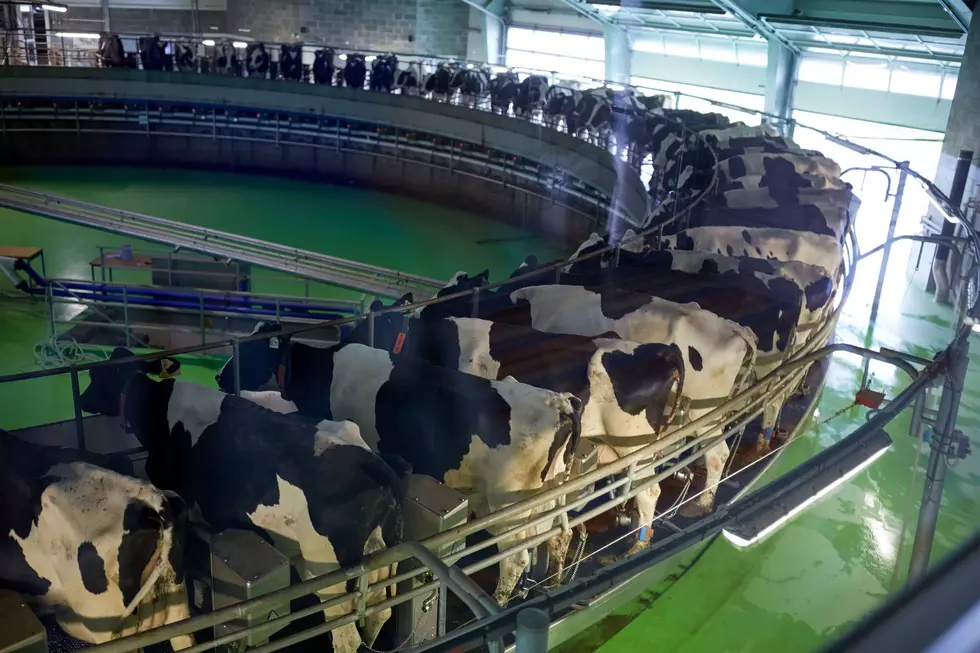
Experts: Canada Farmers Need a FEMA
The Abbotsford area of southern British Columbia is known for its rich farmland and is home to about half of all the dairy farms in British Columbia. Hundreds of farms including dairy, poultry and field crop operations continue to be overwhelmed by the flooding that started two weeks ago. One of the hardest hit regions is the low-lying Sumas Prairie south-east of Abbotsford.
One poultry farmer there lost almost half of his nearly 100,000 bird flock. He said that 40,000 birds died in the barn and are still under six feet of water. In addition to lost crops and animals, many have lost expensive machinery with electrical components that just don't respond well to water damage. The B.C. Dairy Association has reported that more than 500 dairy cows have died. That number is based on a preliminary assessment and it is expected that number will increase.
Derek Milner watched flood waters rise higher on the weekend. He says high ground is getting hard to come by, and Milner hopes no additional cows will be lost to this next storm.
“It’s very stressful. The water’s coming in so fast, like it did two weeks ago. Some places, they didn’t have a chance to get the cattle out. And that’s really hard, to see your livelihood being impacted like that. When you’ve worked with these cattle all the time, it’s just very tough to deal with.”
The River Forecast Centre has now issued a new flood warning. The Nooksack River in Washington State just south of the BC border is at high risk of overflowing its banks, adding to the flooding in the Sumas Prairie. Canadian military forces are on the scene to help with sand-bagging and other disaster assistance. But Glenn McGillviary, managing director of the Institute for Catastrophic Loss at York University in Toronto, says that Canada is not set up to deal with wide-spread, major disasters like this. McGillviary says that Canada needs an organization like the Federal Emergency Management Agency in the US, better known as FEMA.
“We can’t just react ad hoc anymore. Using the military is not a bad idea, but that’s not sustainable. We do have Public Safety Canada, they don’t act in the same way. The United States has the Federal Emergency Management Agency. We need something like a FEMA type organization in here. We really need a plan.”
The Sumas Prairie region of southern British Columbia was in drought just three months ago, and now some of the low spots are under eight feet of water. Glenn McGillviary says that Canada must become more organized and pro-active to protect lives and property from the affects of severe weather events.
"We have to start realizing that these events are now systemic, they’re not one-offs that happen here and there. They’re going to happen more regularly in the future. We have to have more permanent institutions in place to deal with these things.”
If you have a story idea for the PNW Ag Network, call (509) 547-1618, or e-mail gvaagen@cherrycreekmedia.com
More From PNW Ag Network









